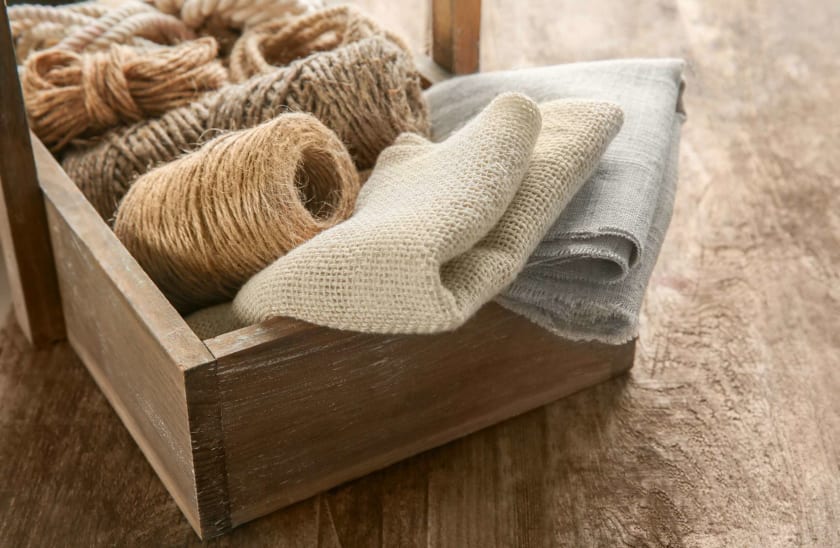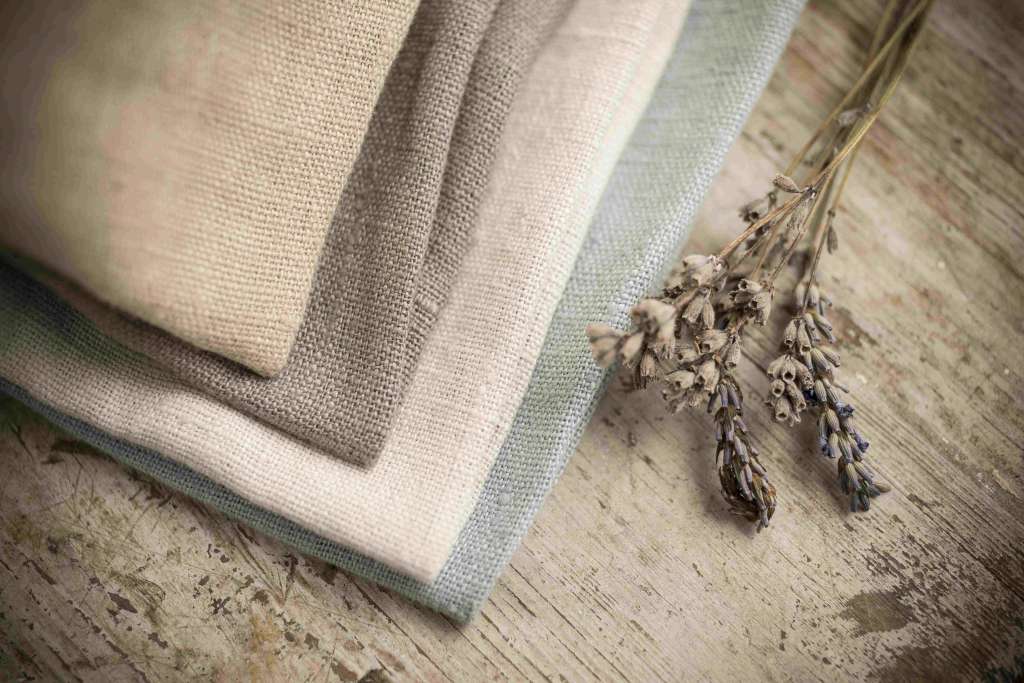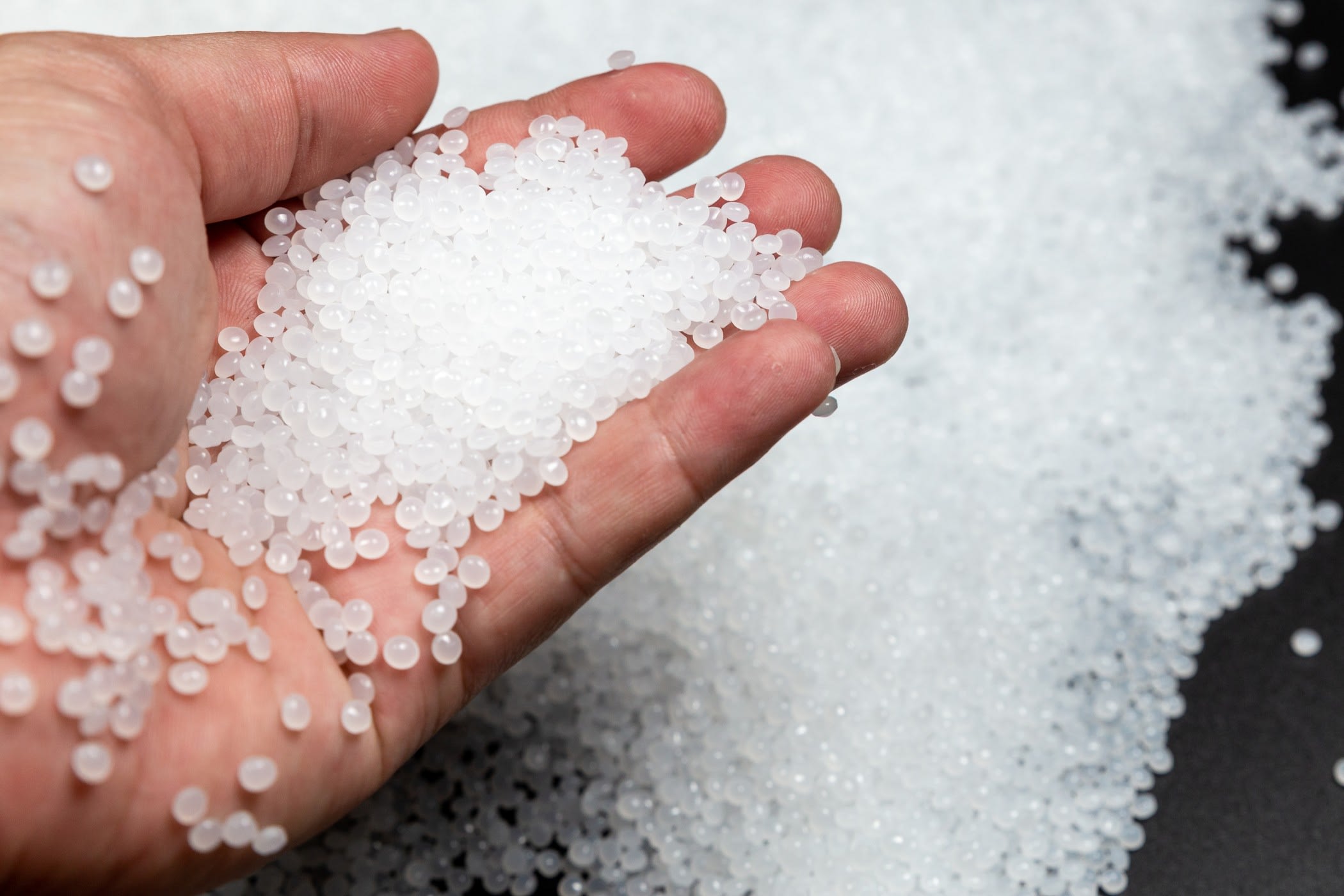A Quick Guide for Organic Fabrics and Eco-friendly Fashion Alternative



Introduction
The textile industry is educating itself every day. Over the last few decades, the planet has experienced environmental damage at its expense. Like any other industry, the textile industry is also accountable to its end customers for the impact it causes on the environment. This includes its massive carbon footprint, the freshwater resources used in textile manufacturing, and the toxins and trash produced from synthetic fibers.
According to an eye-opening Huffington Post article, the textile industry was responsible for drying up the entire Aral Sea. The river water, which was the main source of the sea, was diverted to cotton fields to meet the growing demands of the textile industry. Therefore, it is high time the fashion industry opted for Eco-friendly alternatives and solved this issue.
The saying “better late than never” holds true in this scenario. The fashion world is now consciously making sustainable changes that will reduce the damage done and ensure a healthier future for all.
Now is the time for mindful changes, especially in the fast-fashion world. The problem starts at the production level, i.e., choosing the fabric. Using sustainable substitutes for synthetic materials will pave the way for a more eco-friendly life.
Many fashion brands have dubious manufacturing methods. However, many organic fabric substitutes are appearing in contemporary fashion collections. Moreover, giant fashion houses and small businesses have begun adopting sustainable fabrics. Listed below are the top choices. Have a look!
1. Organic cotton fabric
Cotton production requires a massive amount of fresh water and a consistent dose of pesticides. These methods impact the soil and nearby water sources. A great alternative is to switch to organic cotton.
According to reports, organic cotton cultivation is possible without using harmful chemicals. When combined with natural colors, the material's production can lower the effects of contaminated waste dumped into the environment. Moreover, the end product is soft and durable, suitable for even sensitive and allergy-prone skin. The material is also breathable and lightweight, making it ideal for hot and humid temperatures.
2. Hemp fabric
Hemp is jokingly called the sober kin to marijuana. However, despite originating from the same species, the two plants have a structural difference.
This remarkable and one-of-a-kind fabric is the latest addition to the textile industry. The hemp plant can grow to its full potential with little attention and without using chemicals or harmful pesticides. Its cultivation is also considered safe for the soil as it does not deplete the soil's valuable nutrients.
Moreover, hemp is comfortable on the skin and is highly durable. Besides being biodegradable and safe for sensitive skin types, hemp is naturally UV resistant.
3. Linen
Linen is a flax plant product, derived from the Latin term “Linum usitatissimum”. In terms of cultivation and sustainability, linen is similar to hemp.
It is considered one of the most environmentally friendly fabrics and has been around since ancient times. The crop does not require much use of pesticides, water, or fertilizers. Post-harvest, flax fibers are easily converted into various items or yarn for apparel.

Linen is a favorite fabric for manufacturing clothing because of its soft texture and strong fiber. Natural linen fiber may be woven into lightweight fabrics and is quite robust. Moreover, linen is comfortable on the skin and is highly durable. It is also naturally biodegradable. However, it is costlier than cotton because of the intensive manual labor that goes into its production.
4. Recycled cotton fabric
When sustainable fashion is considered, it is not enough to grow eco-friendly fiber. Rather, recycling and reusing the materials already circulating is also essential. Reusing items made from traditional cotton is one such wise step.
Recycled cotton is also called regenerated cotton and is extracted from items that would have otherwise ended up in landfills. Recycled cotton has two primary sources. The first is discarded cotton fabrics, and the second is the fiber left from consumer consumption, such as cotton towels, clothes, etc.
Many sustainable brands buy discarded cotton from warehouses and transform it into beautiful items. The recycled version retains virgin cotton's desirable qualities, such as comfort, breathability, and durability. Moreover, recycled cotton production requires very little water.
5. Organic bamboo fabric
Organic bamboo is also referred to as bamboo linen in the textile industry. Bamboo can be harvested from the plant without uprooting it, which helps it renew swiftly. It’s not named the fastest-growing plant on Earth for no reason.
Another benefit of cultivating bamboo plants is their extra carbon dioxide consumption. Moreover, the plant does not require any additional irrigation and can grow on rainfall alone. As a result, it has been termed one of the most sustainable fabrics, depending on how it is processed.
Mechanically produced bamboo fabric is considered more sustainable for the planet and the textile industry. Organic bamboo fabric has antibacterial properties, which makes it safe to use on sensitive and allergy-prone skin types. It is a natural insulator and is highly absorbent, thus making it comfortable against the skin.
However, the market is filled with variants of bamboo fabric laced with synthetic fibers such as rayon and viscose. These do not fall under eco-friendly alternatives.
6. Tencel fabric
The material lyocell, made of tree-harvested wood cellulose, is sold under the trade name Tencel. It has become a favorite among sustainable designers lately, mostly due to the flawless finish it provides. Moreover, its bright white color eliminates any need for bleaching during production.
Non-toxic elements are used during the production process, making Tencel naturally biodegradable. Additionally, since the material is highly absorbent, it requires a minimal amount of dye to get the desired color. Hence, the usage of chemicals is also reduced.
Consumers also love this material as it is highly durable, wrinkle-resistant super-light, and comfortable against the skin. It is also ideal for people with sensitive skin and those prone to heat rashes.
One final advantage? It looks simply radiant.
Conclusion
It has taken a while for the textile industry to understand that to be sustainable is to be human. While the industry contributes a generous amount to economic incline, it impacts the environment greatly. Hence, we in the fashion industry must act now to protect the environment and prevent further damage to the planet. By embracing sustainable and ethical alternatives to the mainstream fabric, we can make a real change to the future.

Fashinza is an excellent platform for connecting sustainable manufacturers with fashion brands and making lasting positive changes. If you're looking for sustainable fabrics and manufacturers, check out our website.



















